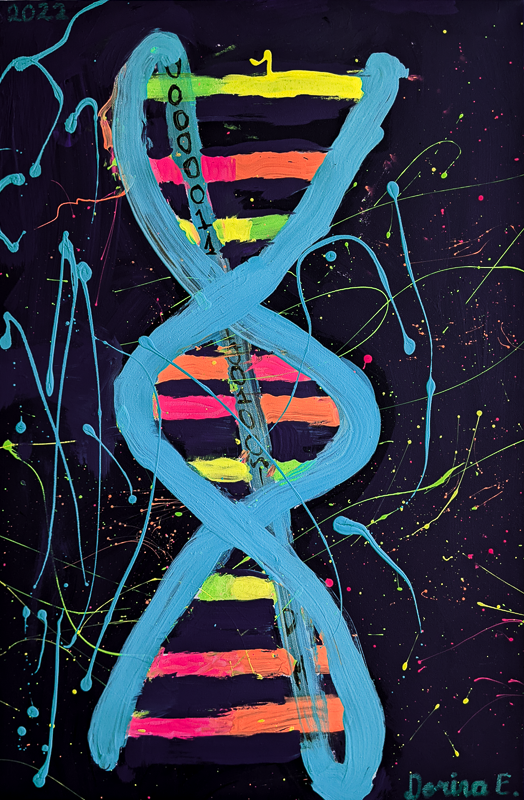The form for submitting your final project is here:
Final Project Artifact Submission Form
You should submit your final project by Tuesday, Dec 6 (AoE), which is
7:00am Eastern Time on Wednesday, Dec 7 (there is a 4 hour grace
period on this, so you can submit up to 11:00am Wednesday, Dec 7
without any need to arrange an extension).
Note: this is different from the form you should use to submit your presentation: Project Presentation Form (as mentioned here).
Quiz 3 is posted here: Quiz 3
The quiz is untimed (no time limit enforced), but is expected to take
about 30 minutes.
Before taking the quiz, make sure you understand and are confident you
are able to follow the honor policy for this quiz:
-
The quiz is closed resources. Once you start the quiz, you are not
allowed to use any other materials. You should not switch to other
browser tabs or look at any notes.
-
The quiz is to be done on your own. Once you start the quiz, you
should not consult with any other human or artificial intelligence
for help on the quiz questions.
-
After you complete the quiz, do not discuss the questions with
anyone else in the class (since they may be planning to take the
quiz later) until class Tuesday.
If you prefer to take the quiz on paper instead of the on-line form,
you can come to my office Monday at 1:30pm.
Slides: Class 24: Project Presentations and Covid Origins
-
Letter organized by Peter Daszak, Statement in support of the scientists, public health professionals, and medical professionals of China combatting COVID-19, The Lancet, 19 February 2020. Addendum on competing interests, 21 June 2021.
-
Kristian G. Andersen, Andrew Rambaut, W. Ian Lipkin, Edward C. Holmes and Robert F. Garry . The proximal origin of SARS-CoV-2. Nature Medicine, 17 March 2020.
-
There are hundreds of articles with different viewpoints on the more likely origins of Covid-19. These are two of the more balanced ones:
-
Alina Chan and Matt Ridley’s book Viral: The Search for the Origin of COVID-19 pretends to be balanced (and I believe is mostly solid), but has a clear agenda. Scott Aaronson’s (positive) Review, New Republic review (take down).
-
ProPublica, COVID-19 Origins: Investigating a “Complex and Grave Situation” Inside a Wuhan Lab, 28 October 2022.
-
Nick Wade, Proximal Orchestrations: Newly released emails cast more doubt than ever on the official story of Covid-19 as a naturally occurring virus. City Journal. 4 December 2022.
Schedule
See the Schedule for
Presentations
and a Plan for this
week on
the github discussions site.
Slides and Links
Slides: Class 23: Protein Structure Prediction (without annotations, will be updated later)
-
Ken A. Dill, S. Banu Ozkan, M. Scott Shell, and Thomas R. Weikl. The Protein Folding Problem. Annual Review of Biophysics, 2008.
-
Bonnie Berger and Tom Leighton. Protein Folding in the Hydrophobic-Hydrophilic Model is NP-Complete. RECOMB 1998.
-
Scott Aaronson, NP-complete Problems and Physical Reality.
-
Andrew W. Senior, Richard Evans, John Jumper, James Kirkpatrick, Laurent Sifre, Tim Green, Chongli Qin, Augustin Žídek, Alexander W. R. Nelson, Alex Bridgland, Hugo Penedones, Stig Petersen, Karen Simonyan, Steve Crossan, Pushmeet Kohli, David T. Jones, David Silver, Koray Kavukcuoglu, and Demis Hassabis. Improved protein structure prediction using potentials from deep learning. January 2020.
-
John Jumper, Richard Evans, Alexander Pritzel, Tim Green, Michael Figurnov, Olaf Ronneberger, Kathryn Tunyasuvunakool, Russ Bates, Augustin Žídek, Anna Potapenko, Alex Bridgland, Clemens Meyer, Simon A. A. Kohl, Andrew J. Ballard, Andrew Cowie, Bernardino Romera-Paredes, Stanislav Nikolov, Rishub Jain, Jonas Adler, Trevor Back, Stig Petersen, David Reiman, Ellen Clancy, Michal Zielinski, Martin Steinegger, Michalina Pacholska, Tamas Berghammer, Sebastian Bodenstein, David Silver, Oriol Vinyals, Andrew W. Senior, Koray Kavukcuoglu, Pushmeet Kohli, and Demis Hassabis. Highly accurate protein structure prediction with AlphaFold. July 2021.
-
Carlos Queiroz and Dan Gaspar, Project 2020: We Can Fly. Report to US Soccer Federation, July 1998.
I’ve posted the Schedule for Presentations and a Plan for this week on the github
discussions site. (Everyone should get email notifications for these
from the github site (if not, check that you have the “Watch” selected
for the repository), but I’m posting redundantly here in case you are
not getting them.)
